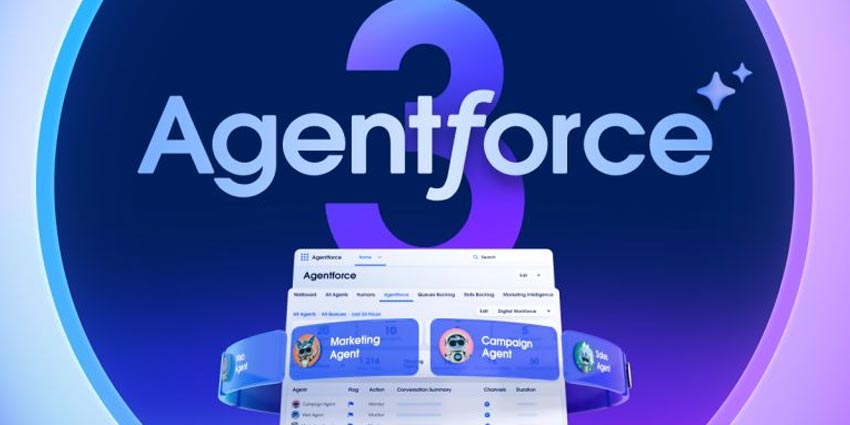As RCS became available on IOS earlier this month, the headlines centered on the opportunity for better interoperability between Android and Apple devices.
However, few people still consider the native messaging app on their smartphones as their go-to comms channel. They’ll often use Messenger or WhatsApp to message their friends and family. Meanwhile, most will typically turn to Microsoft Teams or LinkedIn to message colleagues.
So, is RCS coming to IOS really that big a deal? For person-to-person texting, perhaps not. However, for business-to-customer messaging, this is a big deal. Here’s why.
The Opportunity for RCS
RCS features include messaging reactions, read receipts, and typing indicators. Then, there’s the possibility for GIFs, image carousels, and even direct booking links. All this enables a richer messaging experience, which can reinvent CX use cases for the channel.
That all results in increased customer engagement. For instance, Nissan reported that it has achieved 80 percent conversion rates with its RCS-based, personalized mobile messaging campaigns.
Of course, many of the features that RCS offers are also available on channels like WhatsApp and Messenger. But such channels aren’t universal; native mobile messaging apps are.
Email is another possible alternative, which is universal. But, open rates for SMS are reportedly a staggering 3.7x higher than email, let alone RCS.
Additionally, with RCS, there is an opportunity for branded communications, which helps give customers confidence that the messages they receive from businesses are genuine.
Again, that increases engagement but also avoids costly follow-up calls from customers looking to verify the message. As Gartner has before highlighted, this is a prevalent problem with personalized and proactive messaging in customer service.
Use Cases for RCS In Customer Service
A CX team may be tempted to leverage RCS like it does SMS, perhaps with some new branding. Yet, that seems like a wasted opportunity.
Indeed, rich communications offers the chance to reimagine customer communications, develop more compelling content, and streamline journeys.
Many of these opportunities center on marketing. Sharing visually engaging promotions, presenting personalized discounts, and delivering interactive loyalty programs are just some examples.
Yet, there are several use cases for customer service. For instance, during customer service interactions on the channel, agents may share graphics, “how-to videos”, and perhaps even voice notes to simplify the resolution process.
Meanwhile, customers can provide images and video evidence of their problems instead of explaining them. That could be a significant time saver.
Next, consider installing a chatbot on RCS, leveraging the latest multimodal LLMs. Soon, these could – with the ability to analyze images – troubleshoot issues that have always before had to be handled by humans.
As another example, consider RCS as a channel for customer surveys. With interactive features – like polls and voting – service teams can devise new tactics to improve their response rates.
Yet, there are also sector-specific examples. Consider a travel company that sends train tickets via an SMS link. With RCS, they can instead drop an interactive ticket directly into the message, enabling a more frictionless experience.
Vodafone Germany recently took this concept and ran with it, launching the world’s first RCS-based transport ticketing system. Here’s how it works.
An Innovative Example: An RCS-Based Transport Solution
Vodafone Germany, HORISEN (a CPaaS enabler), and DIMOCO Payments (a billing company) have teamed up to introduce a new way to buy tickets for public transport in Germany.
First, the user scans a QR code at the bus stop. That takes them to an RCS dialog, where they can pick their route, choose to pay via their phone bill, and then receive the ticket.
The system makes buying tickets faster and more convenient, receiving a warm market reception at the recent Future of Tech event, part of Germany’s largest B2B Startup Expo and Conference.
Business Messenger Platform by HORISEN is the RCS enabler in this example, and the provider plans to help more businesses action forward-thinking messaging strategies.
HORISEN: Leading the RCS Charge
Whether a customer experience team wants to unlock new efficiencies with RCS or reimagine journeys by blending new tools and modalities, HORISEN’s team can walk it through what’s possible.
Moreover, HORISEN can provide the technology to orchestrate journeys across various channels and maintain customer context.
To learn more about its messaging expertise and tech, visit: www.horisen.com







